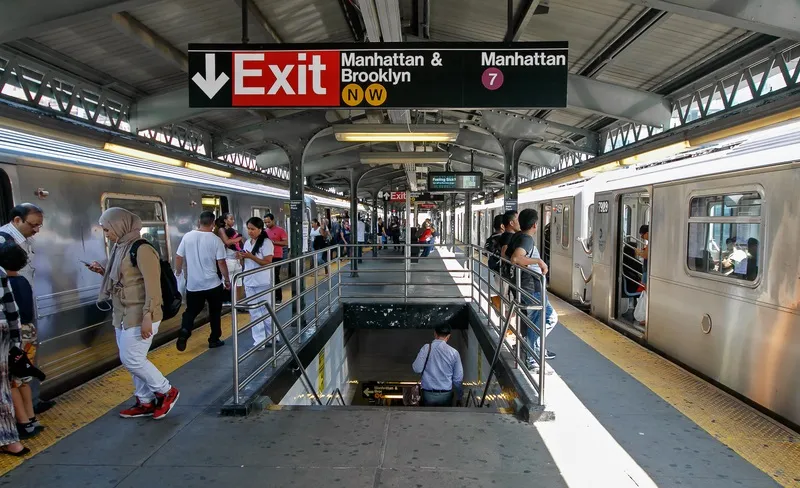New York City’s Metropolitan Transportation Authority (MTA) has selected TransCore to convert all nine of its bridges and tunnels to all-electronic tolling (AET). Under an accelerated roll-out schedule, TransCore will finish converting the first three facilities by January 2017. The remaining conversions will be completed by November 2017.
Governor Andrew M. Cuomo first announced the New York Crossings Project in October, as a broad initiative to reduce traffic congestion and decrease vehicle emissions
November 1, 2016
Read time: 2 mins
New York City’s 1267 Metropolitan Transportation Authority (MTA) has selected 139 TransCore to convert all nine of its bridges and tunnels to all-electronic tolling (AET). Under an accelerated roll-out schedule, TransCore will finish converting the first three facilities by January 2017. The remaining conversions will be completed by November 2017.
Governor Andrew M. Cuomo first announced the New York Crossings Project in October, as a broad initiative to reduce traffic congestion and decrease vehicle emissions for the 800,000 commuters who cross these roads and bridges every day.
TransCore will deploy its Infinity Digital Lane System on the bridges and tunnels so the existing gated toll plazas can be demolished. The Infinity system integrates automatic vehicle identification, vehicle classification and video capture and recognition systems, designed to automatically collect transactions in high-volume traffic across a wide variety of traffic speeds and patterns with a high degree of accuracy.
For commuters, the Infinity system will automatically read E-ZPass tolltags, enabling these vehicles to cross the facilities without stopping. Commuters without an E-ZPass will also now be able to drive through unimpeded, as cameras installed on the gantries will automatically read each vehicle’s license plate. Motorists will then receive a toll charge in the mail.
For MTA, Infinity’s fully-integrated digital video audit system also provides auditors with a real-time, user-friendly tool to facilitate end-to-end revenue tracing and auditing.
Governor Andrew M. Cuomo first announced the New York Crossings Project in October, as a broad initiative to reduce traffic congestion and decrease vehicle emissions for the 800,000 commuters who cross these roads and bridges every day.
TransCore will deploy its Infinity Digital Lane System on the bridges and tunnels so the existing gated toll plazas can be demolished. The Infinity system integrates automatic vehicle identification, vehicle classification and video capture and recognition systems, designed to automatically collect transactions in high-volume traffic across a wide variety of traffic speeds and patterns with a high degree of accuracy.
For commuters, the Infinity system will automatically read E-ZPass tolltags, enabling these vehicles to cross the facilities without stopping. Commuters without an E-ZPass will also now be able to drive through unimpeded, as cameras installed on the gantries will automatically read each vehicle’s license plate. Motorists will then receive a toll charge in the mail.
For MTA, Infinity’s fully-integrated digital video audit system also provides auditors with a real-time, user-friendly tool to facilitate end-to-end revenue tracing and auditing.









